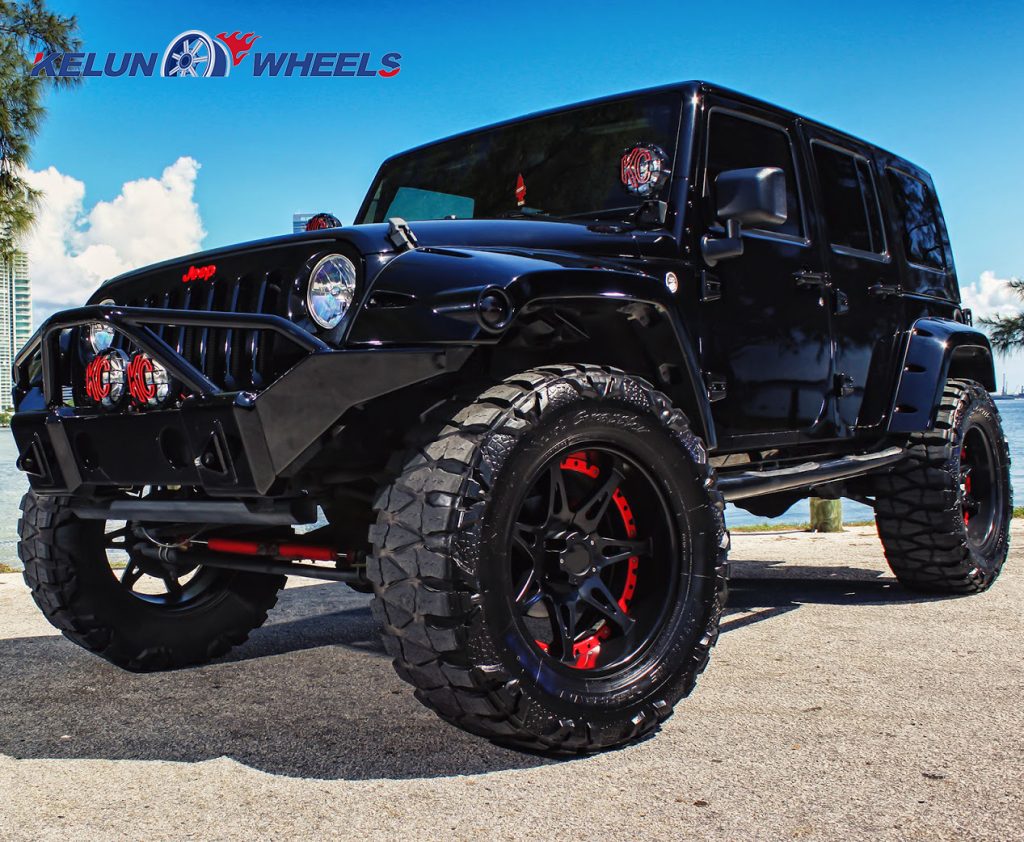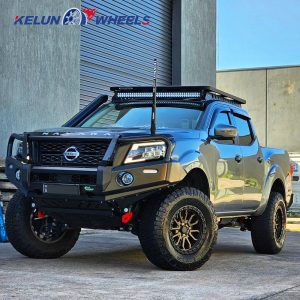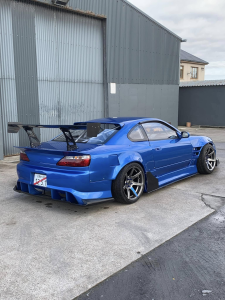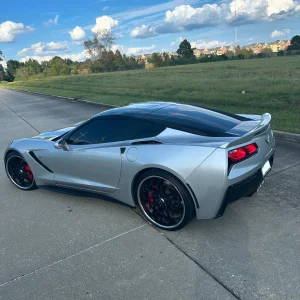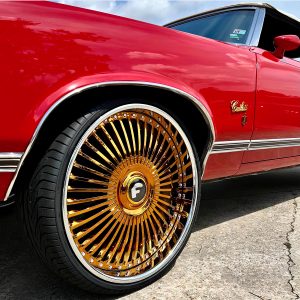Sample text
-
whatsapp: +8616696837711
-
wheelim@kelunautoparts.com
-
营业时间 24H
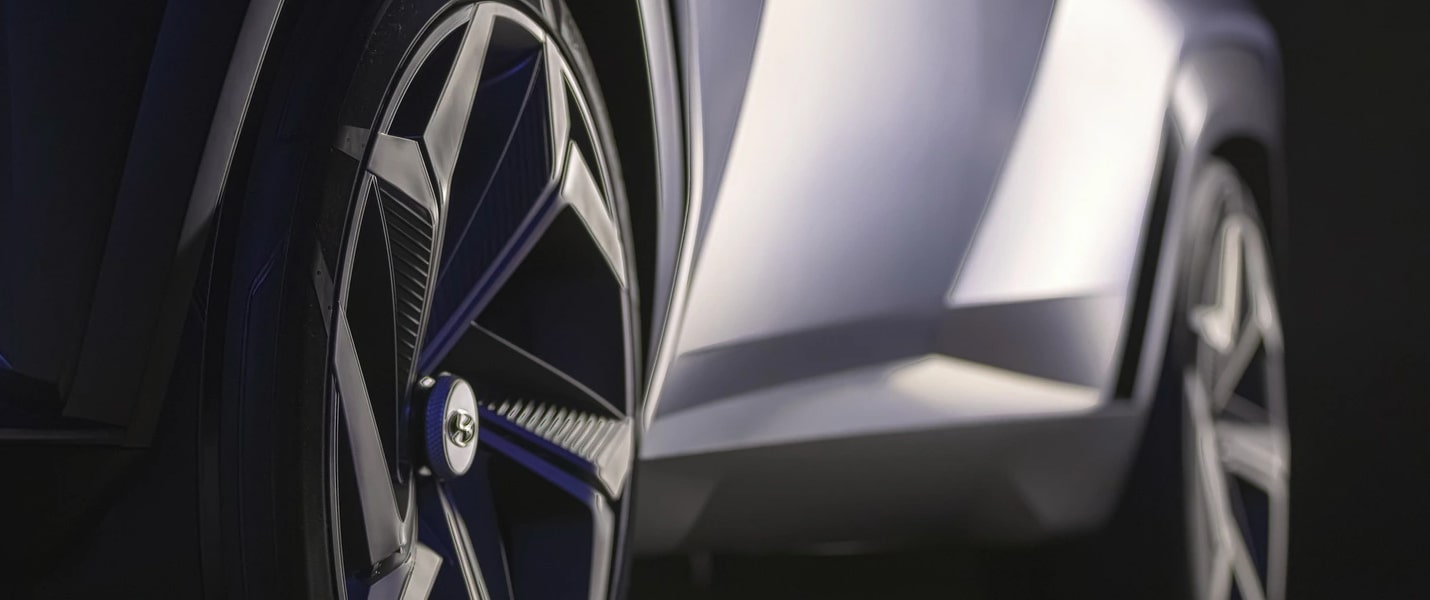
Wheels in the European market
In the European market, wheels for vehicles, including cars, motorcycles, bicycles, and commercial vehicles, are subject to various regulations, standards, and consumer preferences. Here are some key aspects of wheels in the European market:
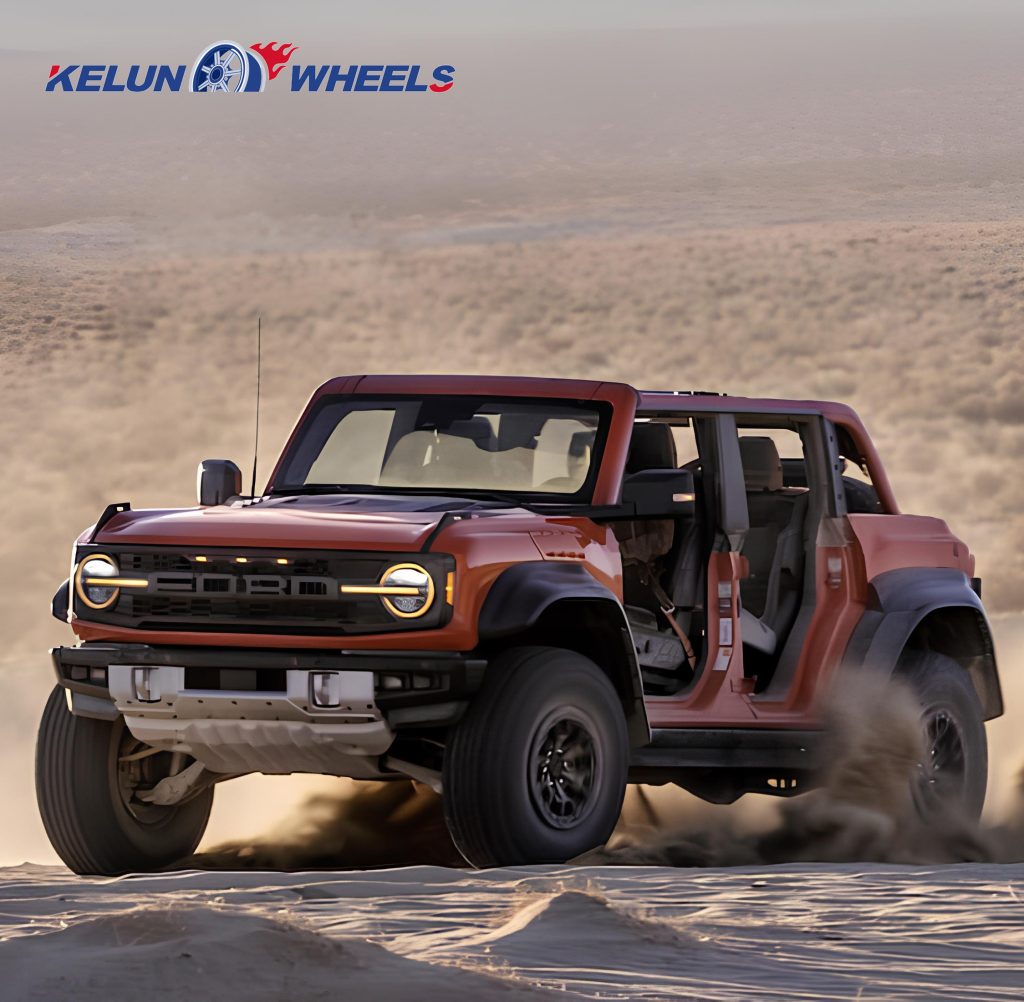
1. Regulations and Standards
- Type Approval: Wheels must comply with EU type approval regulations, ensuring they meet safety, environmental, and technical standards.
- ECE Regulations: The Economic Commission for Europe (ECE) sets standards for wheel safety, including load capacity, impact resistance, and dimensional requirements.
- TUV Certification: Many wheels are TUV-certified, indicating they meet rigorous German engineering and safety standards.
- ISO Standards: International Organization for Standardization (ISO) standards may also apply, particularly for materials and manufacturing processes.
2. Materials and Manufacturing
- Alloy Wheels: Lightweight and stylish alloy wheels (made from aluminum or magnesium) are highly popular in Europe due to their performance and aesthetic appeal.
- Steel Wheels: Steel wheels are commonly used in commercial vehicles and budget-friendly cars for their durability and cost-effectiveness.
- Carbon Fiber Wheels: High-performance and luxury vehicles may use carbon fiber wheels for their strength and lightweight properties.
- Forged vs. Cast Wheels: Forged wheels are stronger and lighter, while cast wheels are more affordable and widely used.
3. Market Trends
- Design and Aesthetics: European consumers often prioritize stylish and customizable wheel designs, with a preference for larger diameters and unique finishes (e.g., matte black, polished, or chrome).
- Sustainability: There is growing demand for eco-friendly manufacturing processes and recyclable materials.
- Performance: Lightweight wheels that improve fuel efficiency and handling are increasingly popular.
- Winter and All-Season Wheels: In regions with harsh winters, there is a strong market for winter-specific wheels and tires.
4. Key Players
- OEMs (Original Equipment Manufacturers): Companies like BBS, OZ Racing, and Ronal supply wheels to major car manufacturers.
- Aftermarket Brands: Popular aftermarket brands include ATS, Enkei, and Borbet, offering a wide range of designs and sizes.
- Luxury and Performance Brands: Brands like HRE, Rotiform, and Vossen cater to high-end and performance-oriented consumers.
5. Consumer Preferences
- Country-Specific Trends: Preferences vary by country. For example, German consumers may prioritize engineering and performance, while Italian consumers may focus on design and luxury.
- Customization: Custom wheels and bespoke designs are increasingly popular, especially among younger drivers and car enthusiasts.
6. Distribution Channels
- Online Retail: E-commerce platforms like Amazon, eBay, and specialized automotive websites are growing in popularity.
- Local Dealerships and Retailers: Many consumers still prefer purchasing wheels from local dealers or specialized shops.
- Direct from Manufacturers: Some brands sell directly to consumers, offering customization options.
7. Challenges
- Counterfeit Products: The market faces issues with counterfeit wheels, which can compromise safety.
- Brexit Impact: Changes in trade regulations between the UK and EU have affected supply chains and pricing.
- Economic Fluctuations: Currency fluctuations and economic instability can impact consumer spending on non-essential items like premium wheels.
8. Future Outlook
- Electric Vehicles (EVs): As EV adoption grows, there will be increased demand for wheels designed to optimize range and handle the weight of batteries.
- Smart Wheels: Integration of sensors and smart technology into wheels for monitoring tire pressure, temperature, and performance is an emerging trend.
- Circular Economy: Emphasis on recycling and reusing materials in wheel production is expected to grow.
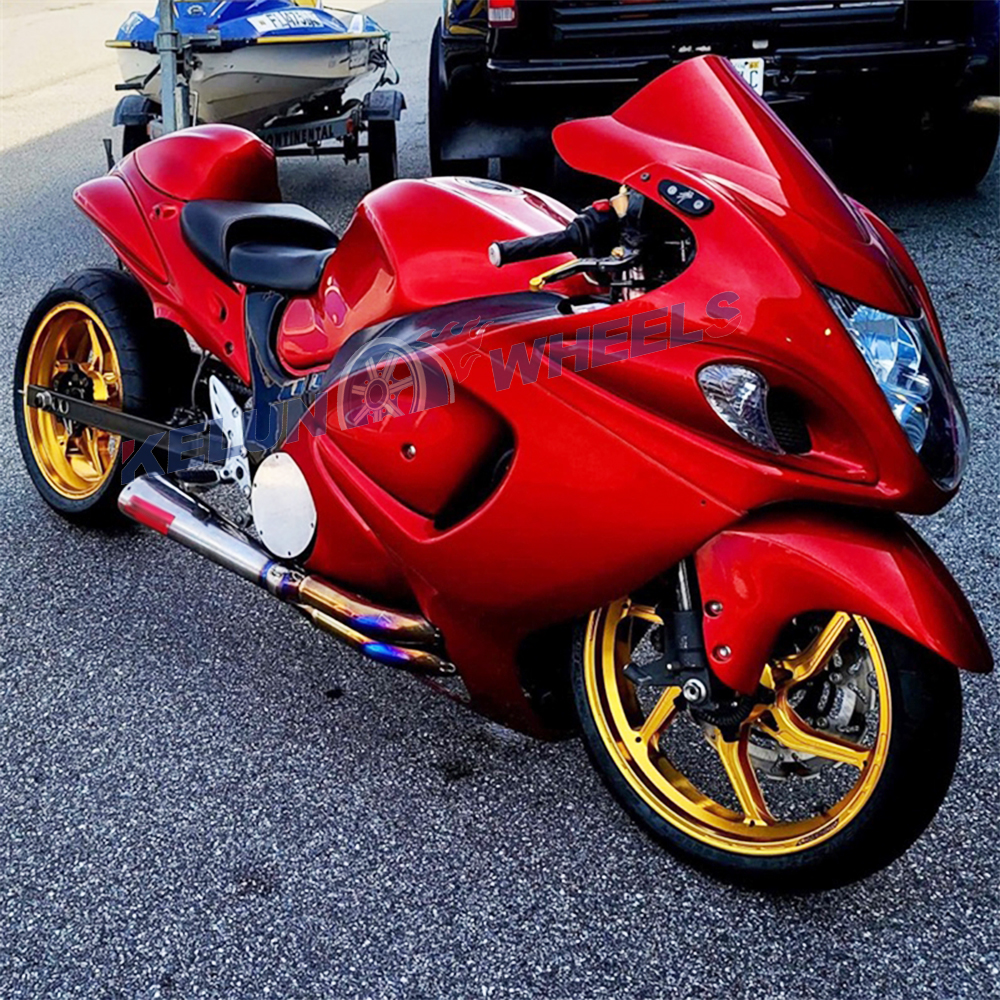
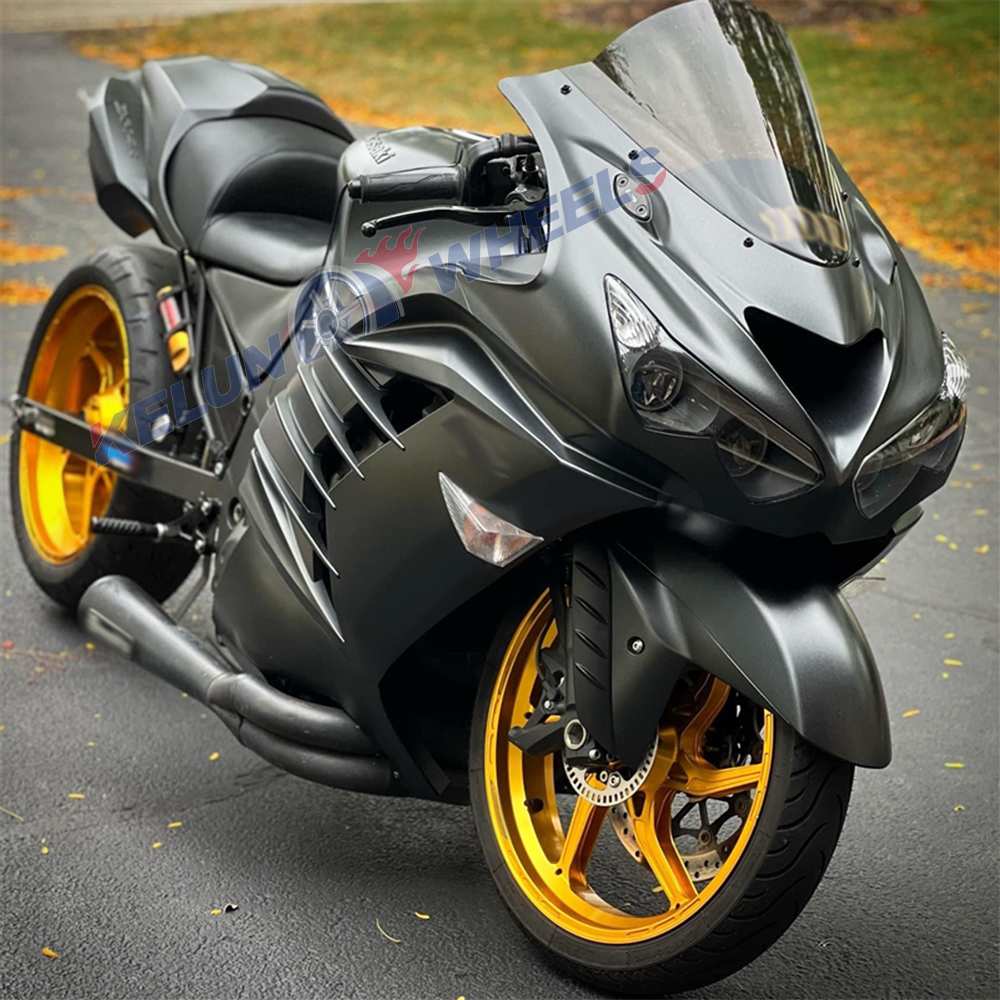
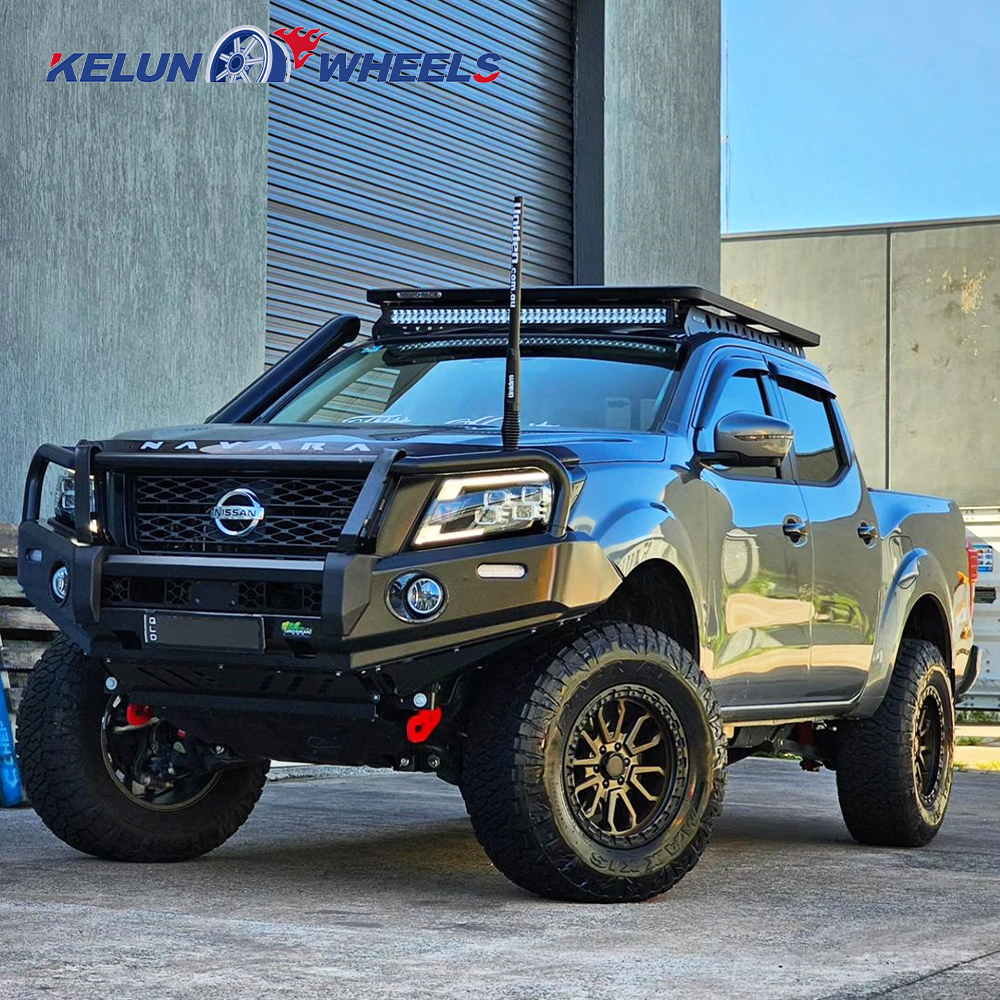
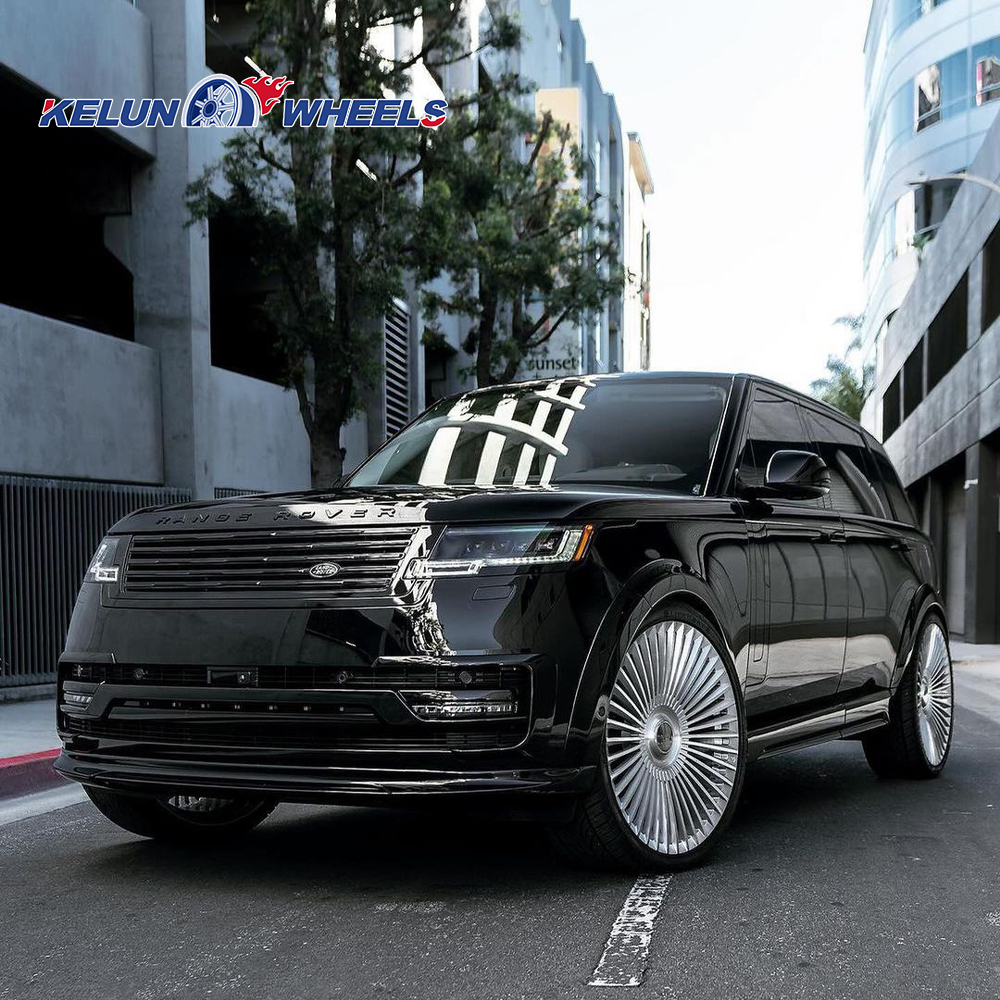
If you need more specific information about a particular aspect of the European wheel market, feel free to ask!
